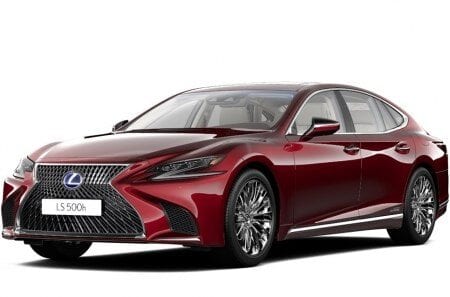
How to care for a turbocharger? How to use the turbo car?
 In the fourth edition of the program, implemented by the Motofakty.pl editors, we are looking for answers to questions related to the turbocharger. What it is, how it works, when it breaks and how to extend its service life.
In the fourth edition of the program, implemented by the Motofakty.pl editors, we are looking for answers to questions related to the turbocharger. What it is, how it works, when it breaks and how to extend its service life.
The number of cars with a turbocharger under the hood is constantly growing. We advise how to use such a car to avoid costly recharging repairs. The vast majority of new car engines are equipped with turbochargers. Compressors, i.e. mechanical compressors, are less common. The task of both is to force as much additional air as possible into the combustion chamber of the engine. When mixed with fuel, this results in additional power.
In both the compressor and the turbocharger, the rotor is responsible for supplying additional air. However, this is where the similarities between the two devices end. The compressor used, among other things in Mercedes, it is driven by torque from the crankshaft, transmitted by a belt. Exhaust gas from the combustion process drives the turbocharger. In this way, the turbocharged system forces more air into the engine, resulting in the resulting power and efficiency. Both boost systems have their pros and cons. We will feel the difference in driving with one or the other almost immediately after launch. An engine with a compressor allows you to maintain a constant increase in power, starting from a lower speed. In a turbo car, we can count on the effect of driving into the seat. The turbine helps achieve higher torque at lower rpm than naturally aspirated units. This makes the engine more dynamic. Interestingly, to overcome the shortcomings of both solutions, they are increasingly being used simultaneously. Strengthening the engine with a turbocharger and compressor avoids the effect of turbo lag, that is, a drop in torque after shifting to a higher gear.
Supercharged or naturally aspirated engine?
Both supercharged and naturally aspirated units have their advantages and disadvantages. In the case of the former, the most important benefits are: lower power, which means lower fuel consumption, emissions and lower fees including insurance, greater flexibility and lower engine operating costs. Unfortunately, a turbocharged engine also means more failures, a more complex design, and, unfortunately, a shorter lifespan. The biggest disadvantage of a naturally aspirated engine is its high power and less dynamics. However, due to their simpler design, such units are cheaper and easier to repair, and also more durable. Instead of the proverbial push, they offer a softer but relatively uniform power boost without the turbo lag effect.
For many years, turbochargers have been installed mainly in gasoline engines of sports cars and diesel units. Currently, popular cars with turbocharged gasoline engines are increasingly appearing in car dealerships. For example, the brands of the Volkswagen Group have a rich offer. The German manufacturer equips the large and heavy VW Passat with a TSI engine of just 1.4 liters. Despite the seemingly small size, the unit develops a power of 125 hp. As many as 180 hp The Germans squeeze 1.8 TSI out of the unit, and 2.0 TSI produces up to 300 hp. TSI engines are beginning to outperform the famous TDI-branded turbodiesels.
“Five things you need to know about…” is a new program prepared by Motofakty.pl and Vivi24 studio. Every week we will take a closer look at various aspects related to the operation of the car, the operation of its main components and driver errors.

